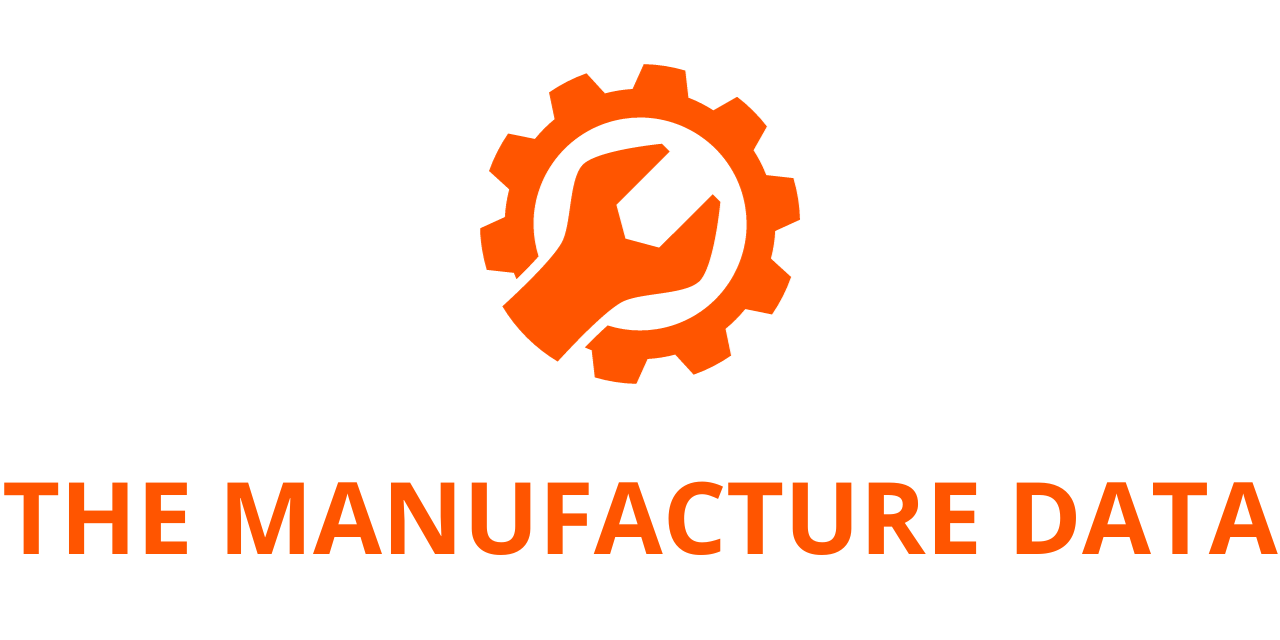
The “Sunglasses – Global Strategic Business Report” from ResearchAndMarkets.com offers a comprehensive analysis of the global sunglasses market, projected to grow from $16.5 billion in 2023 to $21.6 billion by 2030, expanding at a compound annual growth rate (CAGR) of 4.0% over the forecast period. This report delves into market trends, drivers, and forecasts, providing valuable insights to guide informed business decisions.
The growth of the sunglasses market is driven by multiple factors, all of which contribute to its rapid expansion across fashion and health sectors. One of the main drivers is the growing awareness of the health risks associated with UV exposure, which has increased the demand for sunglasses that offer advanced UV protection. As consumers become more health-conscious, they seek sunglasses that can shield their eyes from harmful rays. The increased adoption of advanced lens technologies, such as polarized lenses, anti-reflective coatings, and impact-resistant materials, has also enhanced the functionality of sunglasses, making them more appealing to a wide range of consumers.
Moreover, the popularity of outdoor activities, from hiking to beach vacations, has driven the demand for performance-oriented sunglasses that not only protect the eyes but also provide visual clarity in bright conditions. Fashion continues to be a significant factor as well, with many consumers viewing sunglasses as an essential accessory to reflect current trends and express personal style. The rise of social media influencers has played a crucial role in shaping fashion trends, making sunglasses a key component in the fashion world. Additionally, there is a growing consumer interest in sustainability, prompting brands to explore eco-friendly production methods and materials, such as recycled and biodegradable options.
Sunglasses have evolved far beyond their original function of protecting the eyes from UV rays. Today, they are seen as essential fashion accessories that combine style and functionality. The importance of eye protection is universally acknowledged, with extended UV exposure linked to conditions like cataracts, macular degeneration, and even temporary blindness. Designers and fashion brands have capitalized on this need, offering an array of frame styles, colors, and designs that cater to various aesthetic preferences. From sleek aviators to retro cat-eye frames, sunglasses now serve as versatile accessories that not only enhance personal style but also ensure optimal eye protection. This dual role has helped solidify sunglasses as a staple in both the health and fashion industries.
Technological innovations have also played a major role in transforming sunglasses. Modern eyewear features cutting-edge lens technologies and materials that make them more effective and versatile than ever before. Polarized lenses, for example, reduce glare and improve visual clarity, making sunglasses ideal for activities like driving, skiing, and boating. Photochromic lenses, which automatically adjust to changing light conditions, are another innovation that offers convenience and superior eye protection for individuals moving between indoor and outdoor environments.
Advances in UV protection technology have resulted in lenses that block 100% of harmful UVA and UVB rays, providing comprehensive protection for the eyes. Additionally, the use of lightweight, impact-resistant materials like polycarbonate has made sunglasses more durable, reducing the risk of breakage while ensuring long-lasting comfort. Eco-friendly materials, such as biodegradable frames made from recycled plastics or plant-based compounds, are increasingly popular among environmentally conscious consumers.
The sunglasses industry is being shaped by various trends, driven by changes in consumer preferences, lifestyle shifts, and social media influence. Fashion trends, in particular, play a pivotal role in shaping the market, with sunglasses reflecting broader style movements seen on the runway or in popular culture. Social media platforms like Instagram and TikTok have become powerful tools for trendsetting, with influencers showcasing new designs and giving rise to niche brands that gain visibility through viral posts. As a result, many consumers now view sunglasses not just as a functional item but as a must-have fashion accessory.
The resurgence of vintage styles has also been a major trend, with oversized frames, aviators, and 90s-inspired rectangular shapes dominating the market. Consumer demand for personalization has led to the rise of custom-fit sunglasses, interchangeable lenses, and monogramming options. Sustainability is another key trend, with more consumers seeking environmentally friendly products. In response, brands are offering sunglasses made from recycled materials, sustainable wood, or biodegradable plastics, meeting the growing demand for products that minimize environmental impact.
Key insights from the report include the significant growth of the Non-Polarized Sunglasses segment, expected to reach $14.5 billion by 2030, growing at a CAGR of 3.8%. The Polarized Sunglasses segment is also anticipated to grow at a 4.3% CAGR during the forecast period. Regional analysis reveals that the U.S. market, estimated at $4.4 billion in 2023, is expected to experience robust growth, while China is projected to grow at a CAGR of 5.6% to reach $4.3 billion by 2030.
The report provides in-depth market data, including annual sales and forecasts, regional insights, and profiles of major players in the global sunglasses market. Key companies featured include Alexander McQueen, Charmant, De Rigo Vision, Essilor, Fastrack, Fielmann, Lanvin, Luxottica, LVMH, and Marchon Eyewear.
In summary, the global sunglasses market is poised for strong growth, driven by increasing demand for eye protection, advancements in technology, fashion trends, and sustainability. As consumer preferences evolve, companies will need to adapt by offering innovative, stylish, and eco-friendly products to stay competitive in this dynamic market.




